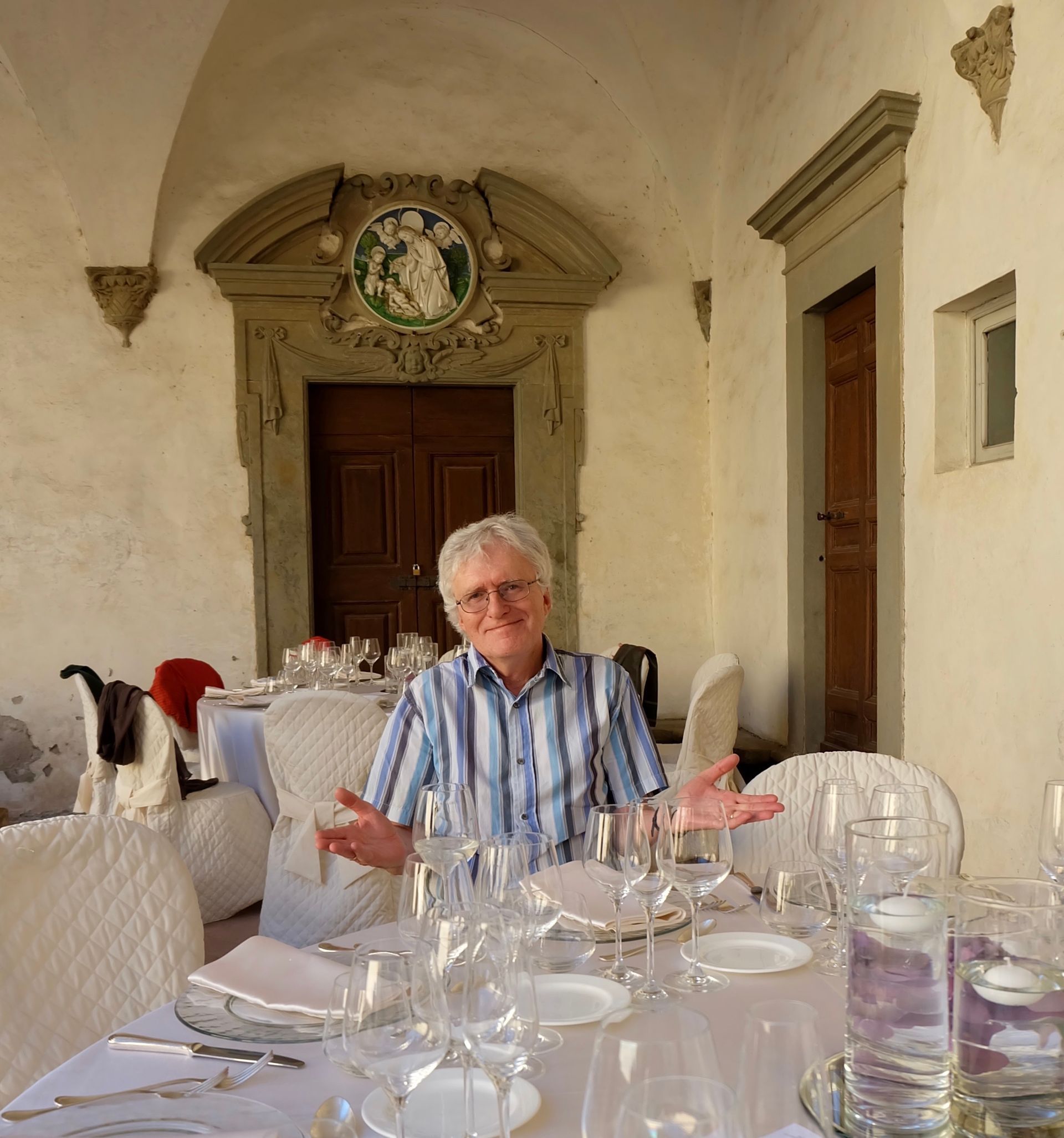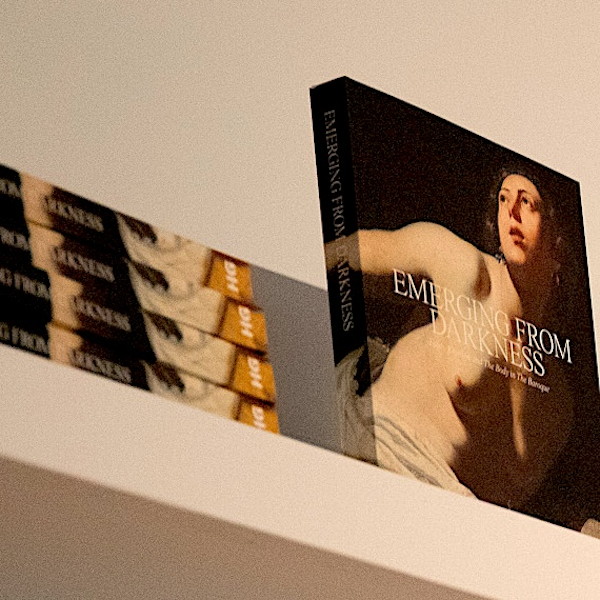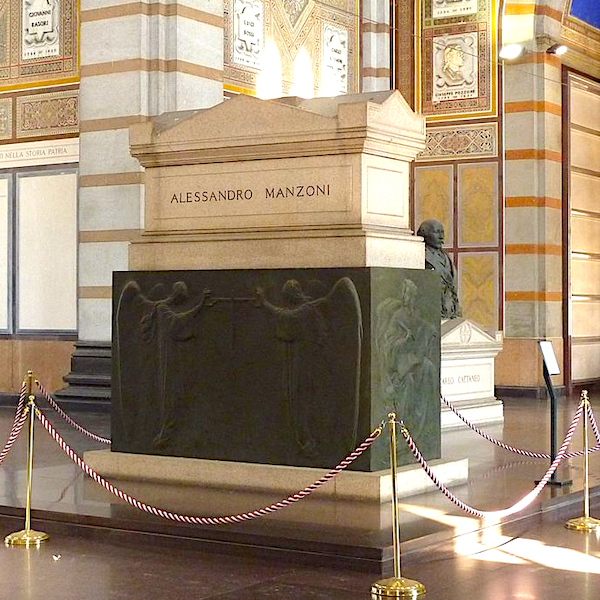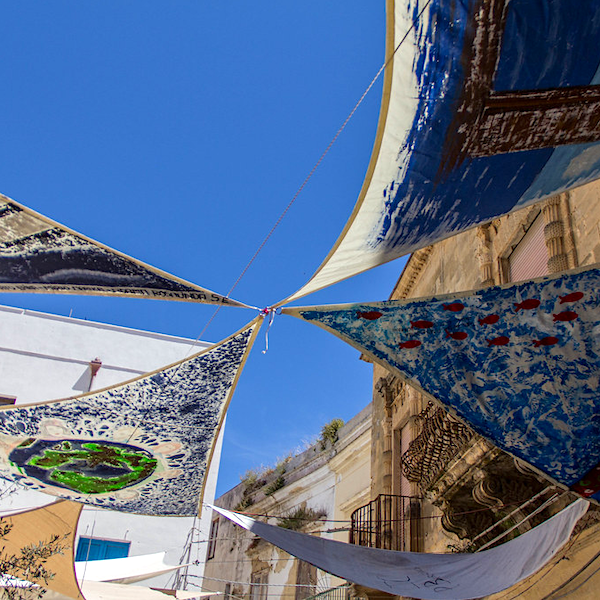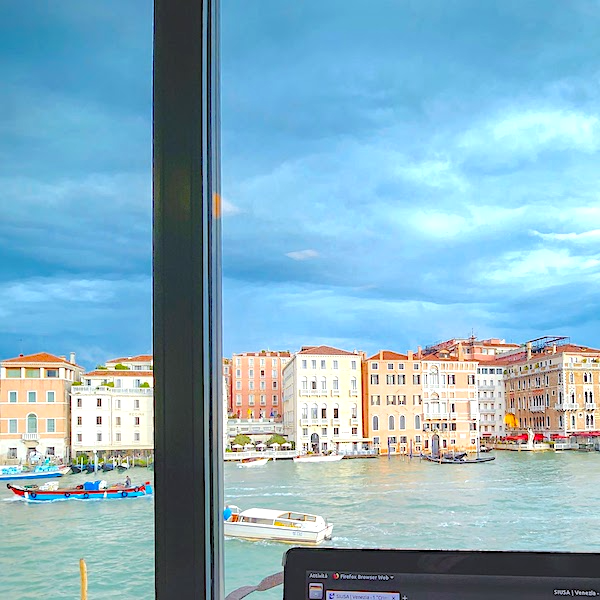Translating the imagery of confetti and bomboniere
Brigid Maher La Trobe University
Weddings are, by all accounts, something of an extravaganza in most cultures, but the trappings are certainly not universal. What to do, then, when common features of the Italian celebratory tradition, confetti and bomboniere , appear out of context or in extended, metaphorical uses in a novel that needs to be translated into English? This is the topic of the latest instalment in my occasional series on my experience translating Nicola Lagioia’s 2010 novel Riportando tutto a casa .
To be clear, there aren’t any actual weddings at all in the novel, but confetti and bomboniere come up a few times in striking similes and metaphors that rely on an understanding of what these items look like and the cultural practices and meanings associated with them.
First there is a reference to a teenage girl invited for the all-important Sunday lunch at her wealthy boyfriend’s family home. She does all the right things, ‘agghindandosi come una bomboniera’ and bearing gifts of wine and flowers, but the whole thing is an excruciating disaster ‘dall’antipasto alla frutta’.
Now, there’s a strip of Sydney Road in Melbourne where every second shop sells bomboniere but I’m not convinced they’re yet sufficiently cemented in the average English speaker’s vocabulary for me to be able to use the word in my translation without confusing my readers, causing them to miss out on Lagioia’s great image. I considered and rejected ‘dolled up’ (too old-fashioned) and ‘frocked up’ (too Australian – my brief is for an American English translation), and in any case, neither fully conveys the idea of bows and tulle and pastel and romance and general excess that the original image does. In the end I went for ‘all dressed up like a wedding cake’ – we all know what they look like.
Then there are three references to confetti , in the Italian sense of the word: those sugared almonds attached in little tulle bags to bomboniere and once again particularly associated with weddings, but also with other happy and momentous events.
As the adolescent protagonists of the novel are coming of age, discovering sex and the complexities of relationships, their taste in music moves from soppy love songs to the grey Manchester melancholy of Morrissey, and they learn to ‘essere meno ingenui e imbalsamati, in modo da poter raggiungere con stile il giacimento di fiele al centro del Grande Confetto Rosa dei nostri giorni’.
This was a tricky one. Having pushed ‘wedding cake’ around my translator’s plate for a while, taken a tentative nibble at ‘sugared almonds’, and spat out various other efforts not worth reporting here, I eventually gobbled up Rita Wilson’s excellent suggestion of ‘marzipan’ – suitably sweet and weddingy, but with that slight edge that seems a good fit with the ‘giacimento di fiele’. So in English these kids learn to become ‘less naïve and sheltered, so that we might arrive in style at the deposit of bitterness lying beneath the marzipan of our times’.
The ‘times’ in question are the 1980s, a period best forgotten from a fashion point of view. Some things are hard to forget though, so we know exactly the look Lagioia is talking about with his succinct description of these pool party guests: ‘due ragazze-confetto in tutú e fuseaux di lycra’. They become ‘two girls done up in tutus and lycra leggings like something off the top of a wedding cake’. Here I’ve had to sacrifice brevity but have hopefully conveyed something of the image (though I realize I’m also making it much more specific), as well as the narrator’s dismissive tone.
Finally, we have a reference to a distant cousin’s impending baptism, to take place ‘in una sala ricevimenti color confetto dentro la quale l’intero clan dei Rubino sarebbe stato imprigionato per tutta la giornata’.
Given that confetti come in an assortment of (usually pastel) hues, perhaps the first question to ask is, what colour is ‘color confetto’? It’s a cugin o being baptised, so I think we must assume it’s pale blue in this case. I haven’t got up to this part of the translation yet (you’re watching this in real time) but I think I’ll go with ‘a reception room decked out in pale blue, where the entire Rubino clan would be imprisoned for the whole day’. The ‘decked out’ is my attempt to replicate the sense of occasion conveyed by ‘confetto’; hopefully this effect is also helped along by the reference to the large ‘clan’ in attendance and the duration of proceedings.
Most striking to me is the author’s skill in using these culturally loaded images to bring to life the period, setting and characters of his novel. It’s not easy to carry all that across into English, so any suggestions for improvement to these translations will be gratefully received – this is still a work in progress. You can use the comment function beside this post.
